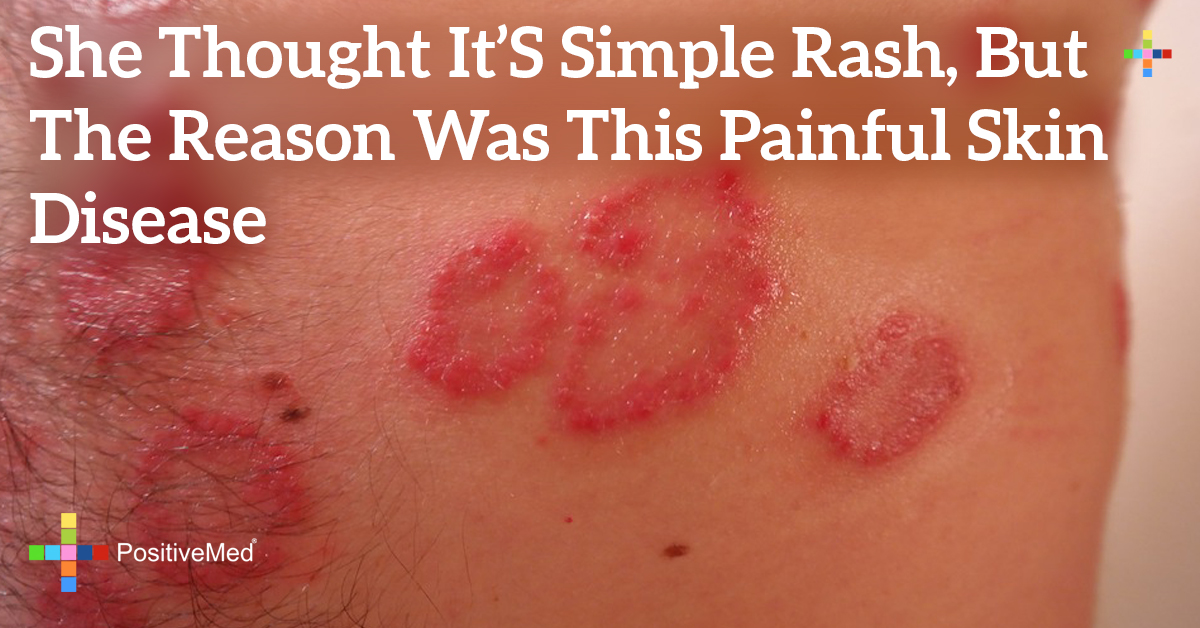
More involved cases can cause prickly, itchy red bumps, pus-filled sacs, and hard, skin-toned lesions that look a lot like goosebumps.
:max_bytes(150000):strip_icc()/urticaria--rash-on-arm-680795519-5999e4b3d963ac0010f39d6c.jpg)
In a mild case of heat rash, you may just experience a swath of superficial, clear blisters on the top of your skin, the Mayo Clinic says. This happens when your sweat ducts become clogged, so moisture gets caught under your skin.

You can wind up with a heat rash from being in hotter temperatures, the Mayo Clinic explains.
SKIN RASHES THAT ITCH AND BURN TREATMENT SKIN
If you don’t think you have any underlying skin condition and suspect that products you use are causing your rash, contact dermatitis is probably to blame. If you have a condition like eczema that can cause sensitive skin (or you have sensitive skin in general), you may be more prone to developing rashes in response to what you put on your face and body.

Sometimes it takes many exposures for your body to begin showing signs of irritant or allergic contact dermatitis. Ask yourself if you’ve added anything new to your routine, but also keep this tricky fact in mind: You can develop this reaction to certain products even if you’ve been using them for ages. Have you tried a new cosmetic recently?Ĭontact dermatitis often crops up in response to products like soap, lotion, and makeup, Dr. (Fun fact, per the AAD: The human body typically sheds 30,000 to 40,000 old skin cells every day.) But sometimes this process doesn’t go as smoothly as it should.įor example, if you find that you’ve been getting a rash when you wear one specific necklace, you could be allergic to a metal like nickel. In a perfect world, your skin cells will naturally bow out when their job is done, shedding in order to allow new, healthy cells to rise to the surface. In addition to blisters, your skin might be red, swollen, warm, painful, and otherwise sending you signs that something is wrong.
SKIN RASHES THAT ITCH AND BURN TREATMENT CRACK
This can also happen due to a skin infection such as cellulitis, which occurs when bacteria (often streptococcus or staphylococcus) worm their way into your body through a crack in your skin, according to the Mayo Clinic. In fact, blisters can often bead up due to dermatological issues, because a long list of conditions may cause this symptom.Ī blister-filled rash could be due to eczema, irritant or allergic contact dermatitis, shingles, and herpes. Unfortunately, they also happen because of skin conditions. Is it blistering?Īs you may know after trying to break in a pair of shoes, blisters often happen because something is rubbing your skin or otherwise putting too much pressure on your delicate epidermis, according to the U.S. Either way, you can experience some serious burning, itching, tingling, pain, and other uncomfortable symptoms. If it emerges around your mouth, this virus can lead to tiny patches of blisters you may know as cold sores, the Mayo Clinic explains. When herpes shows up around your genitals, it can start as tiny red bumps or white blisters that eventually burst and leak fluid, then scab over, according to the Mayo Clinic. Herpes is another potential cause of burning rashes. After a few days, a rash of blisters bubbles up, typically on the left or right side of the abdomen, but occasionally around one eye or one small portion of the neck or face. (This virus is also to blame for chicken pox, and it can remain dormant in your system for years.) At first, shingles usually causes unpleasant sensations like pain, burning, numbness, and tingling. Shingles happens due to a varicella-zoster virus infection, according to the Mayo Clinic. Zeichner says you could be dealing with something like shingles. If it really seems like you have a burning rash, Dr. If your skin is red, inflamed, and burning, first check that you don’t have some sort of cut or actual burn. But some rashes aren’t usually itchy, so this is still a good question to ask yourself. Itching is a really common side effect of all sorts of rashes, so it’s unlikely that you’ll figure out what’s going on from this symptom alone, Dr. Dermatologists to the rescue! Here, they offer up several questions that may help you decipher what’s behind your rash-and what to do next. But there are so many different types of rashes that it can be hard to tell what’s going on with your skin. Broadly, that means your skin is manifesting an immune system response to something your body thinks could harm your health. Meet your new rash.Ī rash generally indicates that your skin is inflamed in some way, Joshua Zeichner, M.D., a New York City–based board-certified dermatologist and director of cosmetic and clinical research in dermatology at Mount Sinai Medical Center, tells SELF.

Your skin is unhappy for some reason, and instead of doing the polite thing-chilling TF out-it’s going to express its displeasure. Having a skin rash can feel like you’re in a bizarre, dermatological version of Invasion of the Body Snatchers.


 0 kommentar(er)
0 kommentar(er)
